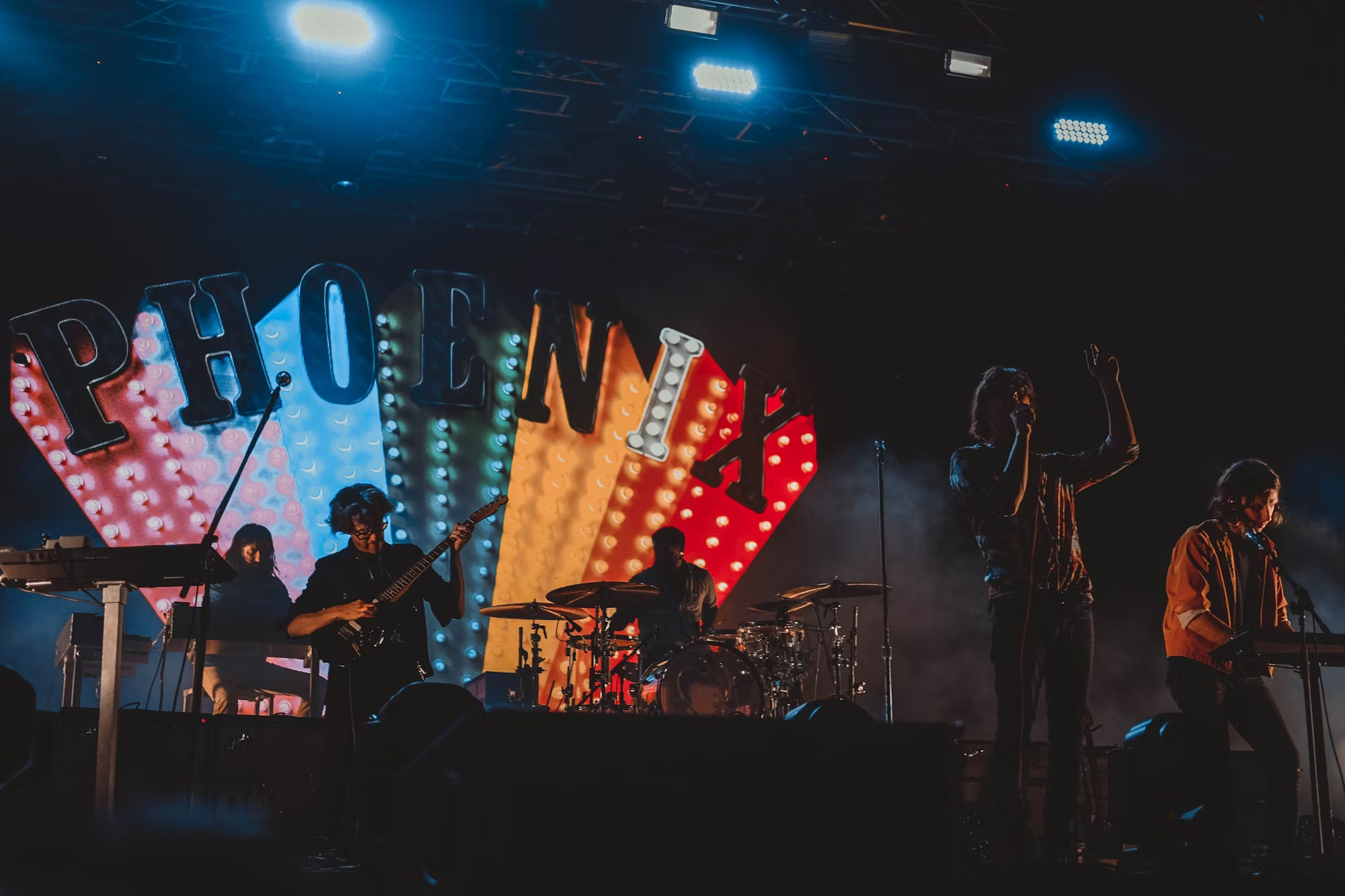Collaboration in music has always been a dynamic force, driving innovation and expanding the boundaries of genres. From the harmonious interplay of classical musicians to the vibrant fusion found in modern pop and hip-hop, the art of collaboration brings together diverse influences and styles, resulting in a rich tapestry of sound that resonates across cultures. In this article, we will delve into the significance of collaboration in music, examining how it shapes artistic expression and fosters cultural movements.
At its core, music collaboration is about dialogue and exchange. When artists from different genres come together, they create a unique synergy that can lead to groundbreaking new sounds. Take, for instance, the collaboration between country and pop, exemplified by artists like Taylor Swift. Swift began her career in country music but seamlessly transitioned into pop, incorporating elements from both genres to create chart-topping hits. Her ability to blend storytelling with catchy melodies showcases the power of collaboration across musical styles, appealing to a broad audience while retaining her authentic voice.
In the realm of jazz, collaboration is integral to the genre’s improvisational nature. Jazz musicians often come together in ensembles, each bringing their unique influences and techniques to the table. The collaboration between legendary artists like Miles Davis and John Coltrane is a prime example of how two creative forces can push each other to new heights. Their work together produced some of the most innovative jazz recordings of the 20th century, blending complex harmonies and rhythms that captivated listeners. This collaborative spirit continues in contemporary jazz, where artists experiment with various genres, from hip-hop to electronic music, expanding the genre’s reach and relevance.
The fusion of genres can also be seen in the vibrant world of hip-hop, where collaboration is not just common but essential. Hip-hop artists frequently feature one another in their songs, creating a sense of community and shared purpose. For instance, the collaboration between Kendrick Lamar and SZA on the track “All The Stars” beautifully melds Lamar’s sharp lyrical prowess with SZA’s soulful vocals, resulting in a powerful anthem that resonates with fans. These collaborations often serve as a platform for artists to explore themes of identity, culture, and social issues, amplifying their messages through the strength of collective voices.
Furthermore, the impact of technology on collaboration in music cannot be overstated. In the digital age, artists can collaborate remotely, breaking down geographical barriers and expanding their creative horizons. Platforms like SoundCloud and Bandcamp have made it easier for musicians from different parts of the world to connect and create together. This accessibility has led to an explosion of genre-blending collaborations, where artists fuse traditional sounds with contemporary influences. For example, the global phenomenon of reggaeton has seen artists like J Balvin and Bad Bunny collaborating with pop stars like Dua Lipa and Justin Bieber, merging Latin rhythms with mainstream pop elements and reaching a wider audience.
The cultural significance of collaboration extends beyond music itself. When artists from diverse backgrounds work together, they contribute to a greater understanding of cultural exchange and appreciation. For instance, the collaboration between African musicians and Western artists has led to the popularization of Afrobeat, a genre that blends traditional African rhythms with jazz, funk, and highlife. Pioneers like Fela Kuti and modern artists such as Burna Boy and Wizkid have used collaboration to elevate Afrobeat on the global stage, showcasing the richness of African culture while forging connections with international audiences.
Collaborative efforts often result in unique musical projects that celebrate cultural diversity. For example, the We Are the World initiative brought together numerous artists from various genres to raise awareness and funds for humanitarian causes. This landmark collaboration not only produced a powerful song but also illustrated how music can unite artists for a common goal, transcending individual styles and backgrounds. Similar projects continue to emerge, demonstrating that collaboration can serve as a tool for positive change, using the universal language of music to inspire action and solidarity.
As we explore the evolution of music, it becomes clear that collaboration is essential to its growth and vitality. Each generation of artists builds on the foundations laid by those before them, and the act of collaboration fosters a spirit of innovation. Genres that once seemed distinct often find themselves merging in unexpected ways, creating fresh sounds that capture the zeitgeist of their time. For instance, the rise of lo-fi hip-hop has seen producers collaborating with jazz and ambient artists to create soothing soundscapes that resonate with a new generation seeking relaxation and creativity in a fast-paced world.
Looking forward, the future of music collaboration is poised to become even more exciting. As technology continues to advance, we can expect to see even more innovative partnerships that challenge conventional notions of genre and artistic expression. Virtual reality and augmented reality are already beginning to influence live performances, providing artists with new platforms to collaborate and engage with their audiences in immersive ways. Imagine a concert where artists from different genres perform together in a virtual space, allowing fans to experience the magic of collaboration like never before.
In conclusion, the art of collaboration in music is a powerful force that shapes the landscape of artistic expression. By bringing together diverse influences and ideas, collaboration fosters innovation and encourages cultural exchange. Whether through the blending of genres, the merging of styles, or the uniting of voices for a common cause, collaboration in music enriches our cultural fabric and deepens our understanding of one another. As we celebrate the incredible partnerships that have emerged throughout music history, we also look ahead to a future filled with potential for even more groundbreaking collaborations that will continue to inspire and connect us all.
